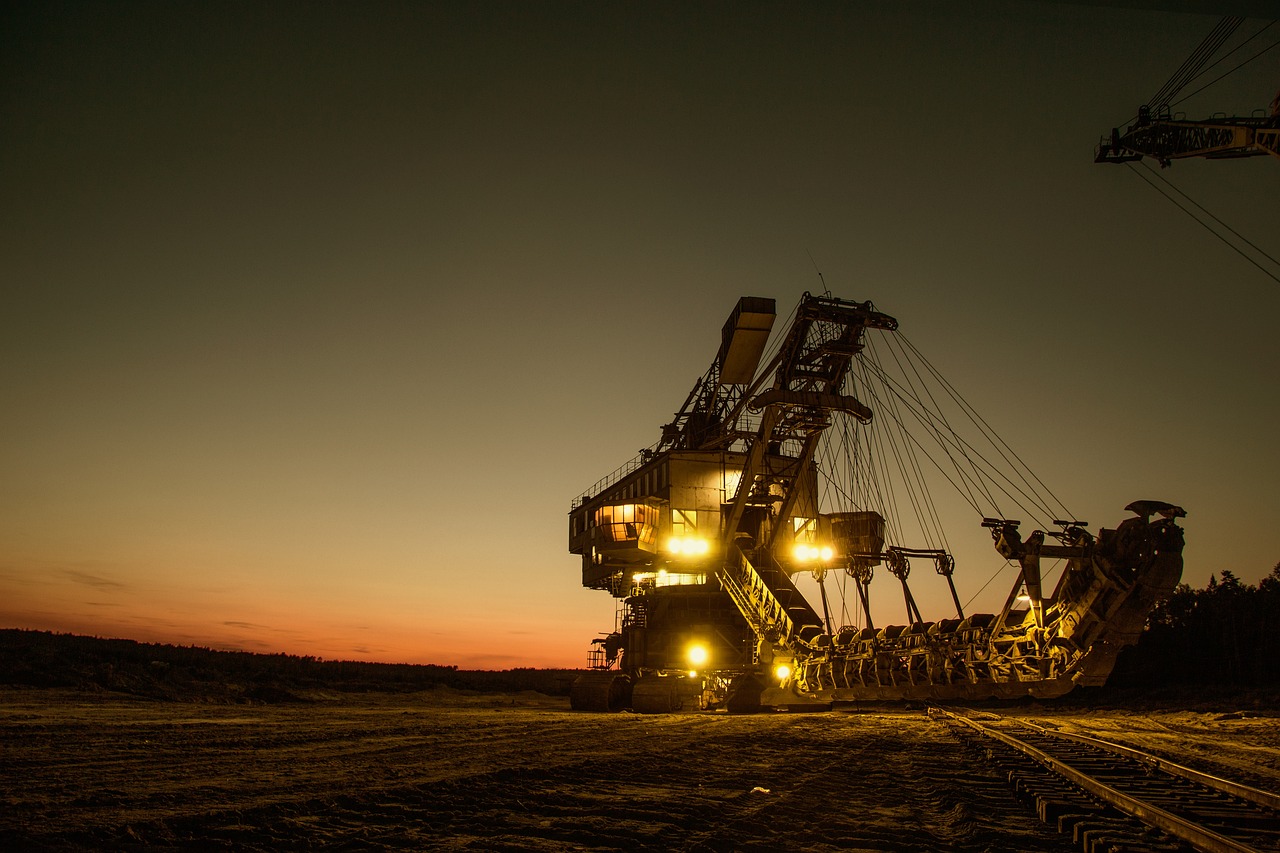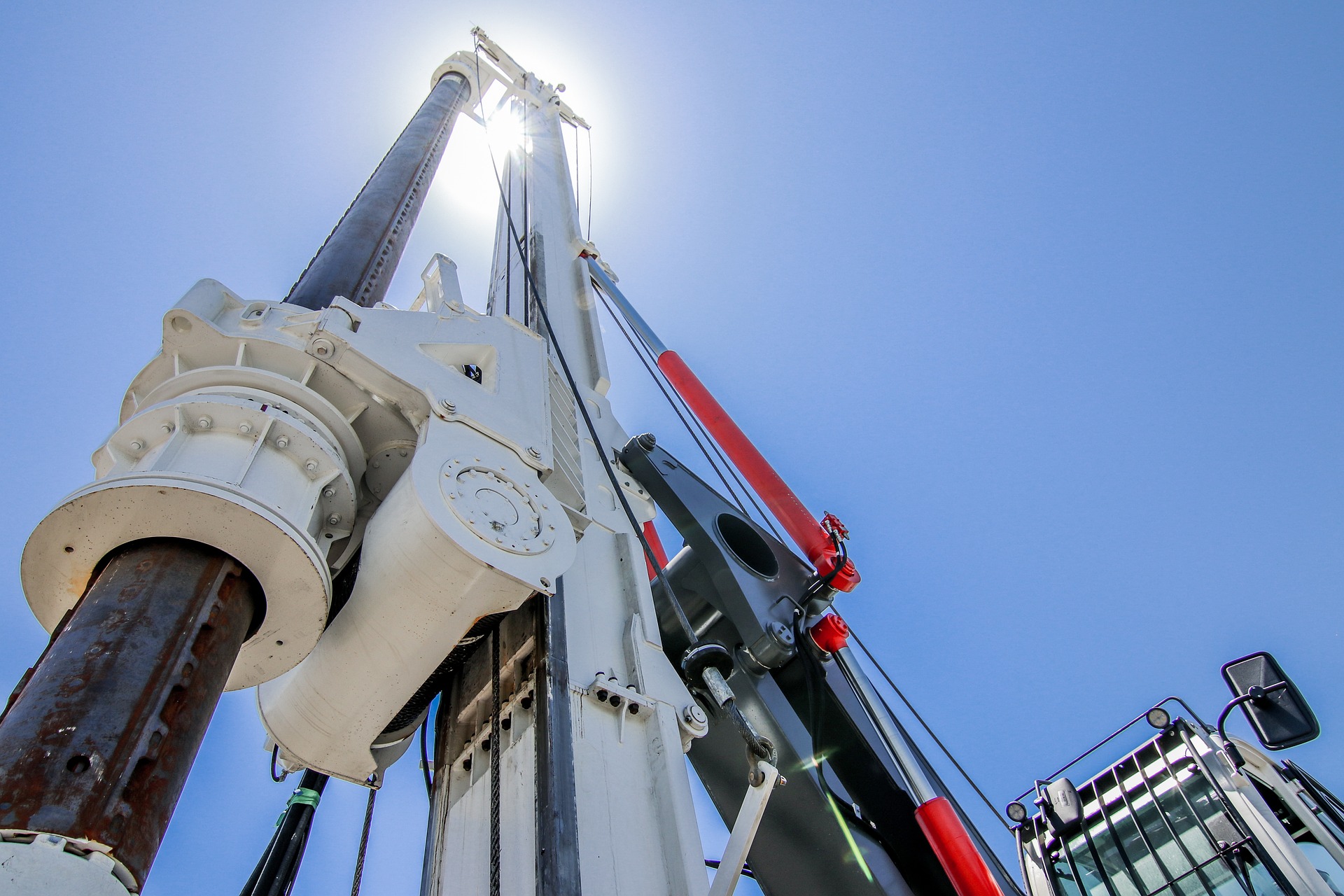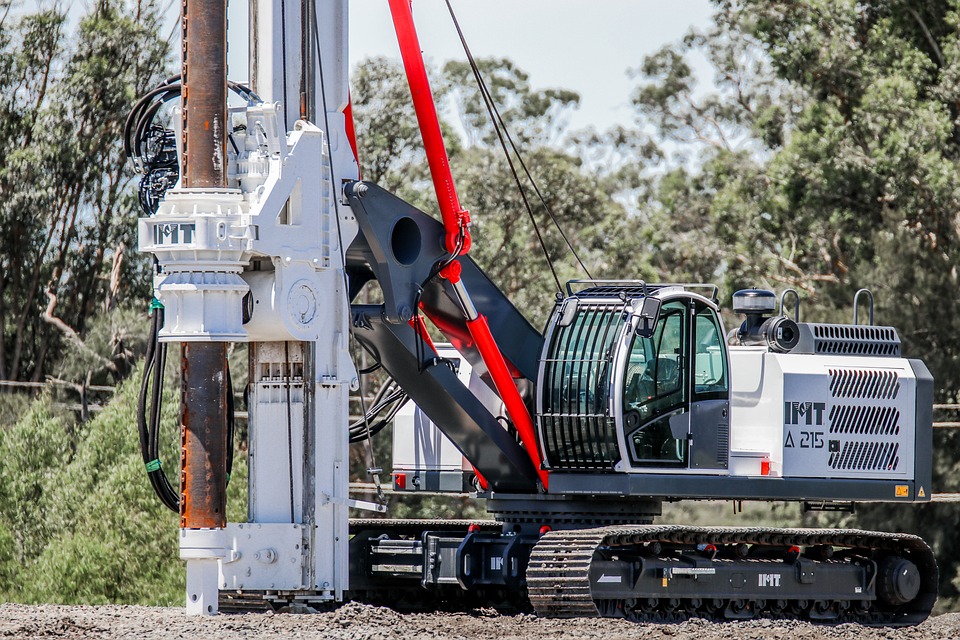If you’re in the blast hole drilling market, you may feel a little overwhelmed. There are so many different factors to consider! What type of drill do you need? What size hole do you want to drill? How deep do you need to go? This blog post will discuss all the essential things you need to know about blast hole drilling. We’ll cover everything from the different types of drills available to the necessary safety precautions that should be taken when drilling. By the end of this post, you’ll have a good understanding of blast hole drilling and what it can do for your business!
What It Is
Blast hole drilling is the process of making holes in the ground for the purpose of blasting. The type of drill used for this purpose is typically a rotary drill, which uses a rotating bit to create a hole. The size and depth of the hole will vary depending on the desired result. This method is often used for mining, construction, and demolition purposes. It can also be used to create holes for utility lines or other purposes. When done correctly, blast-hole drilling can effectively get the job done quickly and efficiently.
Types Of Drills
There are two main types of drills that can be used for blast hole drilling: pneumatic drills and hydraulic drills. Pneumatic drills use compressed air to power the drill, while hydraulic drills use fluid to power the drill. Each type of drill has its own advantages and disadvantages.
Pneumatic Drills
Pneumatic drills are typically lighter and more portable than hydraulic drills. They are also less expensive. However, pneumatic drills can be less potent than hydraulic drills and may not be able to handle large or challenging projects.
Hydraulic Drills
Hydraulic drills are typically more powerful than pneumatic drills. They can also be more expensive and less portable. However, they may be better suited for large or challenging projects that require a lot of drilling power.
Choosing The Right Drill
When choosing a drill, it is vital to consider the project for which you will be using it. You may need a more powerful drill to work on a large or challenging project. If you are working on a smaller or less challenging project, you may be able to get by with a less powerful drill. It is also essential to consider the weight and portability of the drill. If you are moving the drill around often, you may want to choose a lighter and more portable option.
Blast hole drilling is an essential process for many construction projects. It is important to choose the right type of drill for the job and understand how to operate it properly. With the right knowledge and equipment, blast hole drilling can be a safe and effective way to complete your construction project.






